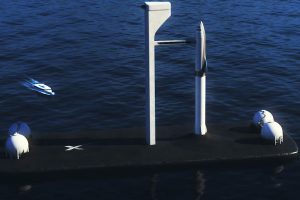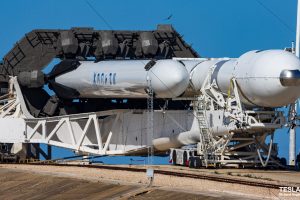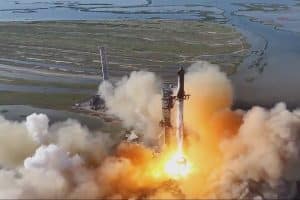Comments from NASA and SpaceX officials during a briefing ahead of Crew Dragon’s third operational astronaut launch have offered a more detailed picture of the fleet of reusable Dragon spacecraft the company plans to build and cycle to support NASA missions.
As part of the briefing, SpaceX Director of Dragon Mission Management Sarah Walker revealed that NASA’s imminent Crew-3 mission will debut a new Crew Dragon capsule (likely C210), which will be carried into space on top of once-flown Falcon 9 booster B1067. B1067 debuted on June 3rd 2021, sending the second upgraded Cargo Dragon spacecraft on its way to the International Space Station (ISS) before returning to Earth and sticking a landing on drone ship Of Course I Still Love You. While far from breaking SpaceX’s own turnaround records, B1067’s Crew-3 launch will be the second time NASA has flown astronauts on a flight-proven commercial rocket.
SpaceX flew NASA astronauts on a flight-proven booster (Falcon 9 B1062) for the first time in April 2021 as part of Crew-2 – Dragon’s second operational crew launch and first crew ‘rotation.’ Crew-2’s Crew Dragon was also flight-proven, having supported SpaceX’s inaugural Demo-2 astronaut launch in mid-2020 – perhaps an even more impressive feat.
Five months later, SpaceX launched the world’s first all-private group of astronauts as part of a primarily philanthropic mission known as Inspiration4. Once again, a flight-proven booster launched an orbit-proven Crew Dragon capsule that carried four astronauts, pushing human-rated reusability even further with the first use of a twice-flown Falcon 9 on a crewed mission.
Crew-3 will thus continue the brand new trend of launching professional NASA and international astronauts on flight-proven SpaceX rockets. Scheduled to lift off no earlier than 2:43 am EDT (06:43 UTC) on Saturday, October 30th, a successful launch will mean that SpaceX has launched more crewed Dragons with flight-proven Falcon 9s than with new boosters – and despite the fact that the company completed its first astronaut launch ever less than a year and a half ago.
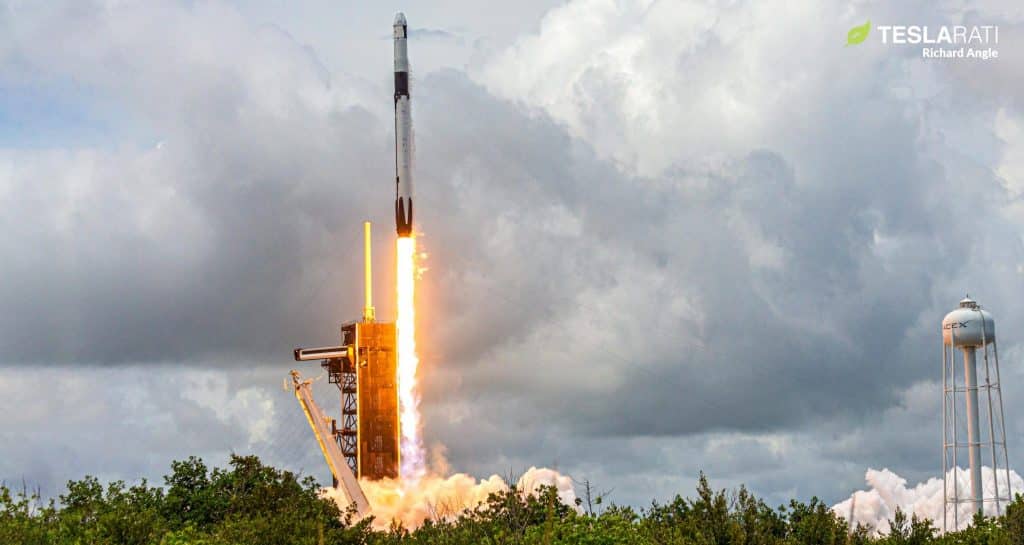
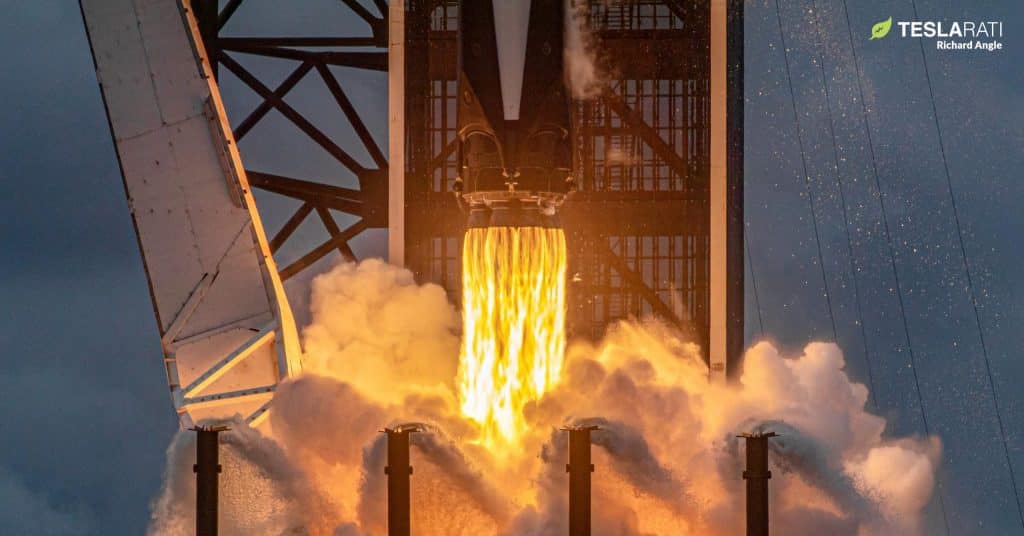
While Crew-3 won’t be the third crewed launch of a flight-proven Dragon, it will still play the important role of debuting a new vehicle as SpaceX slowly but surely assembles a fleet of reusable, orbital spacecraft. Likely to be Dragon 2 Capsule #10 (C210), it will be third Crew Dragon to join SpaceX’s fleet of two operational crew capsules – C206 (Endeavor) and C207 (Resilience). SpaceX’s Walker further confirmed that Crew-4 – recently scheduled to launch NET April 2022 – will also debut a new Crew Dragon capsule, eventually growing the company’s crew capsule fleet to four vehicles.
Each certified to fly at least five NASA missions apiece, those four spacecraft should be enough to sate at least a few years of SpaceX’s near-term Crew Dragon launch demand. If an extended certification beyond five flights is impossible or if the company continues to fly public and private astronauts on Dragon well into the mid to late 2020s, though, it’s possible that several more capsules will be needed. In theory, if Boeing’s Starliner finally become operational in 2023 and NASA continues to operate the ISS to 2030 and beyond, SpaceX will likely be tasked with supporting one NASA Crew Dragon launch annually between 2023 and 2030.
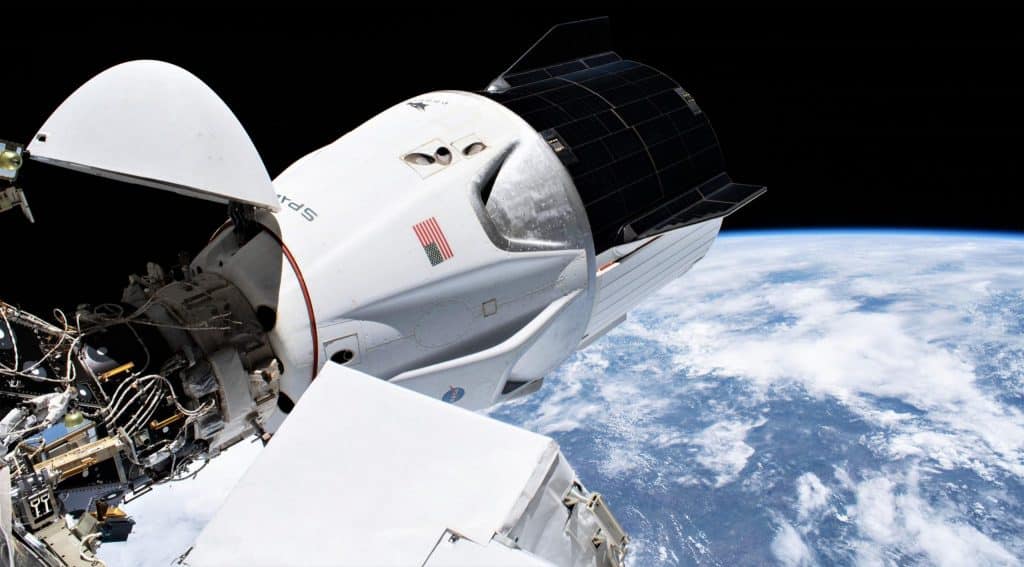

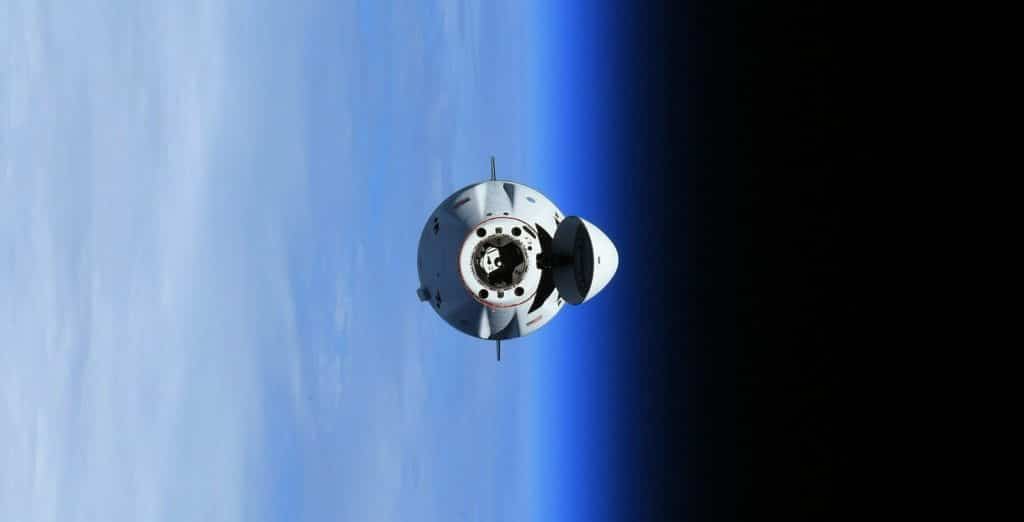
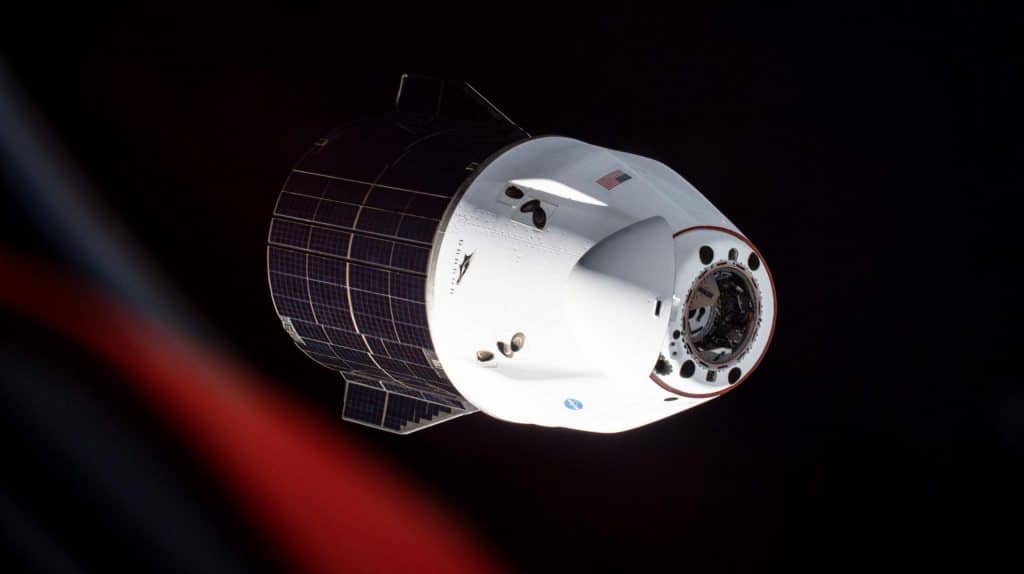
On the uncrewed side of things, Walker also revealed that SpaceX will debut another two new Cargo Dragon 2 spacecraft on its CRS-24 and CRS-25 missions in December 2021 and May 2022, also raising the company’s uncrewed Dragon fleet to four capsules strong. As long as the ISS remains operational, SpaceX will likely continue to deliver cargo biannually, requiring around 12-18 more Cargo Dragon launches between now and 2030. It’s possible that Starship will quickly replace Dragon as soon as it’s operational and NASA-certified for routine crew and cargo missions, but that milestone is several years away at best, likely ensuring that Dragon will continue to operate for at least the next 5-10 years.
In the meantime, SpaceX’s fleet of reusable Dragon spacecraft looks set to double from four to eight capsules in the next eight months.


